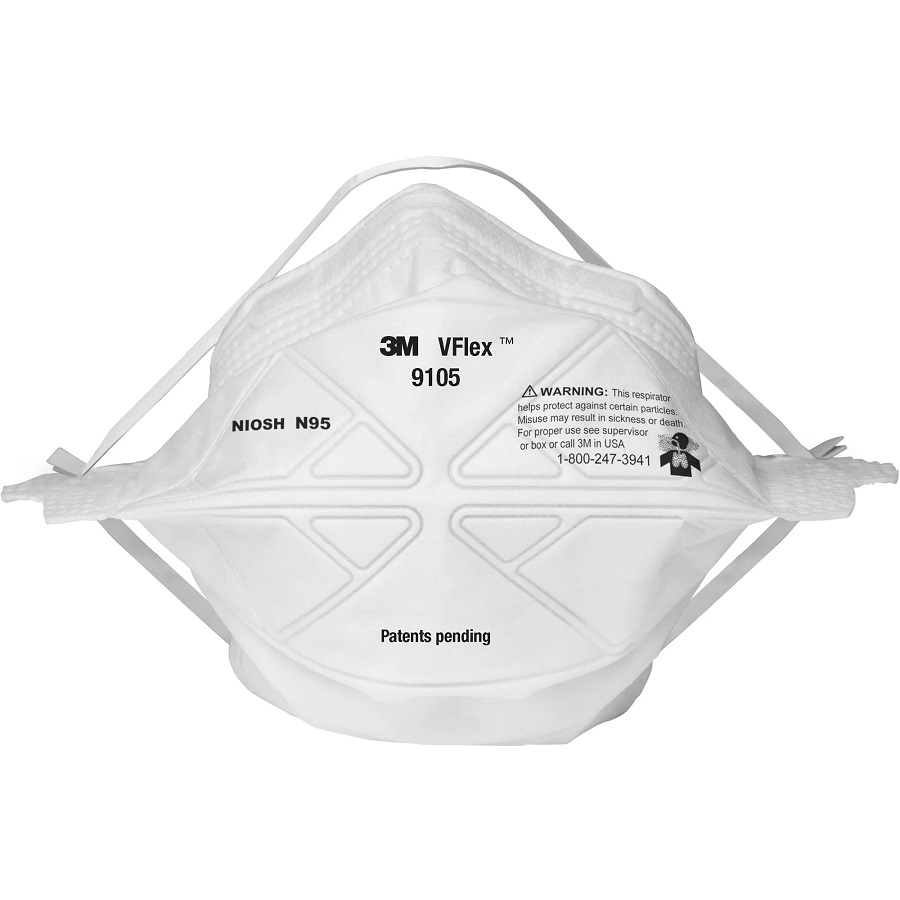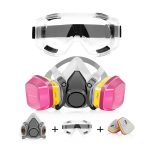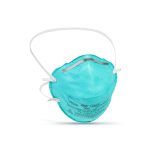What is an MRI and Why Safety Matters
An MRI, or Magnetic Resonance Imaging, is a scan that uses strong magnets and radio waves to create detailed images of the body’s organs and tissues. Unlike X-rays, MRIs do not use radiation and can provide comprehensive images of soft tissues, which makes them an invaluable tool for diagnosing various conditions.
Safety in MRI suites is critical because of the powerful magnetic fields involved. Metal objects can turn into dangerous projectiles. They can cause injury or damage the MRI machine. Patients and medical staff must remove any metal objects before entering the MRI room.
In clinical settings, protective gear like N95 masks help to prevent the spread of infections. However, not all N95 masks are safe for use in MRI environments. The term “mri safe n95 mask” refers to masks that are free from metal components – a necessary feature to prevent risks associated with metal in a strong magnetic field.
It is essential to ensure the masks worn in the MRI suite do not contain metal parts. Even small metal pieces in the nose clip or ear loops of a mask can pose a threat. The strong magnetic field of an MRI machine can pull on these metal parts, potentially causing harm to the patient or equipment malfunctions.
That’s why understanding the importance of MRI safety protocols, including the use of appropriate N95 masks, is not only about compliance with regulations but also about protecting the health and safety of patients and healthcare professionals.
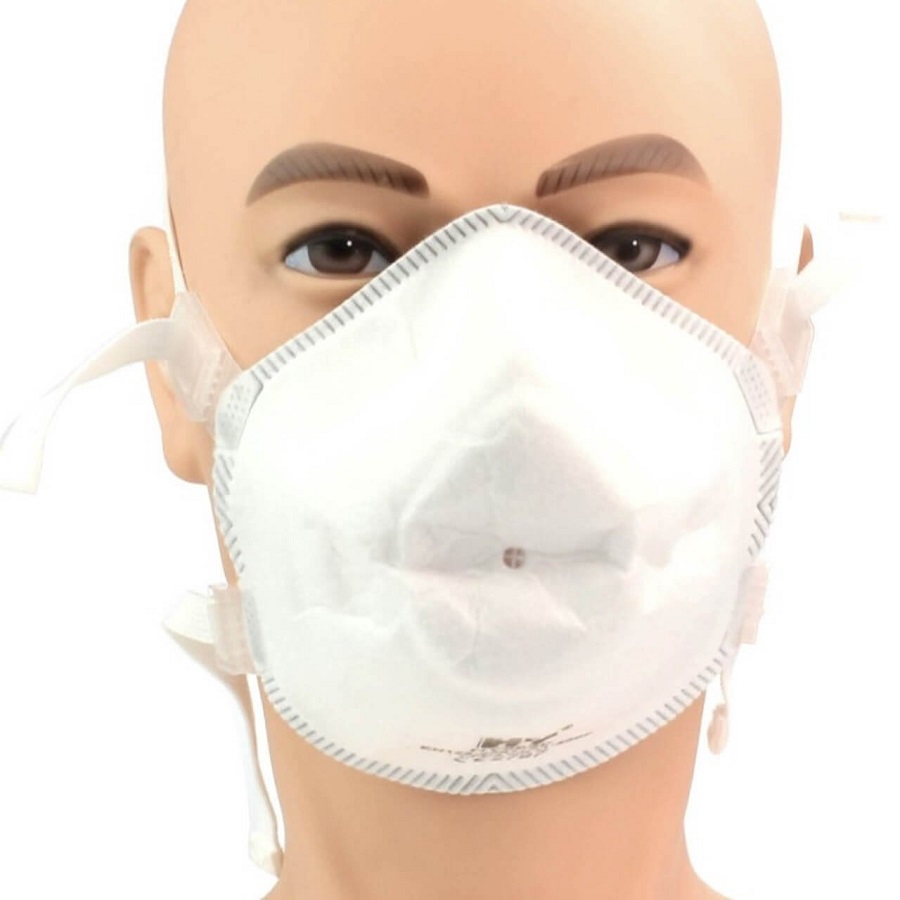
The Significance of N95 Masks in Clinical Settings
N95 masks are vital in clinical settings for infection control. Healthcare workers wear them to shield against airborne particles. These masks filter out at least 95% of airborne particles. That includes bacteria and viruses that cause illnesses. N95 masks are more effective than standard surgical masks. They fit tightly around the nose and mouth, creating a seal. This is key for preventing the spread of infection in hospitals and clinics.
In MRI suites, the role of N95 masks is just as crucial. They help maintain a sterile environment. This is important for the health and safety of patients and staff. Given the close contact during MRI procedures, masks help mitigate risks. Especially, the risks of spreading respiratory infections.
However, not all N95 masks are suitable for MRI use. They need certain features to be safe in the presence of strong magnetic fields. MRI safe N95 masks are free from metal parts. This avoids any interaction with the MRI machine’s magnetic field. The absence of metal ensures that there is no risk of injury or machine interference.
MRI safe N95 masks are thus a unique and essential item. They are pivotal to the safety protocols of MRI procedures. They offer dual benefits – infection prevention and MRI safety compliance. For this reason, clinical settings prioritize procuring the right kind of N95 masks. They need masks that are both effective against infections and MRI safe. It’s a critical balance for the well-being of all involved in MRI procedures.
Understanding MRI Safety Concerns with N95 Masks
Using the right N95 masks in MRI suites is critical for safety. The powerful magnets in MRI scanners can interact with metal. This includes any metal in masks. Metal in an MRI room can lead to injuries or damage the machine. This is why an ‘mri safe n95 mask’ is key.
MRI safe N95 masks have no metal parts. This includes the nose clip and ear loops. With no metal, these masks pose no threat in an MRI environment. Healthcare workers must check masks for metal before use in MRI areas. This ensures the protection of patients and equipment.
To sum up, MRI safety concerns with N95 masks focus on avoiding metal. Metal-free masks are essential. They keep everyone safe from magnetic field dangers during MRI scans. Each N95 mask used in MRI must be ‘mri safe’ to prevent safety hazards.
Key Features of MRI Safe N95 Masks
An MRI safe N95 mask has specific characteristics. They ensure that it is safe to use near strong magnetic fields. Here are the key features to look for:
- Non-metallic Components: The most important feature. An MRI safe N95 mask does not have any metal parts. This includes the nose clip, ear loops, and staples.
- FDA Clearance: Look for masks with FDA clearance. This ensures the mask meets safety and health standards.
- Tight Seal: A good MRI safe N95 mask forms a tight seal around the nose and mouth. This is to prevent airborne particles from entering.
- Certified Filtration: The mask filters out at least 95% of airborne particles. This aligns with the N95 standards for particle filtration efficiency.
- Comfort and Fit: Comfortable to wear during the duration of MRI procedures. It should also allow for clear communication.
- Durability: Made of quality materials that will not degrade within the MRI environment.
- Disposable or Reusable: Some MRI safe N95 masks are disposable. Others are reusable. The type used will depend on the facility’s protocols.
- Appropriate for the Clinical Setting: The mask should be appropriate for the specific clinical use. It should conform to the standards of a healthcare environment.
Choosing the right MRI safe N95 mask is vital. It combines safety for MRI use with effective infection control. When selecting these masks, healthcare facilities must focus on these features to ensure full compliance with MRI safety protocols and patient safety.
Procuring the Right N95 Masks for MRI Procedures
Securing the correct mri safe n95 mask is key for MRI safety. Facilities must follow precise steps for procurement. To find the right masks, there are several points to consider. The prime focus should be on the absence of metal parts. Buyers must confirm that the mask’s components, such as nose clips and ear loops, are metal-free. Checking for FDA clearance is also crucial. This confirms that the mask meets necessary health and safety standards.
When purchasing, it’s important to look for a tight fit and seal. This ensures the mask will efficiently filter out at least 95% of airborne particles, adhering to N95 specifications. Masks should also offer comfort and allow clear communication. This is vital for workers who wear them for an extended time during MRI procedures.
Durability is another aspect to check. The materials should withstand the unique MRI setting without degrading. Depending on the clinic’s needs, they can choose between disposable or reusable options. Each choice has its own protocols for use and maintenance. Finally, masks must suit the clinical setting. They must meet healthcare environment standards.
With these guidelines, facilities can procure the proper masks for MRI procedures. This helps to ensure safety for both patients and healthcare workers. By aligning procurement practices with these standards, MRI suites can maintain a safe, sterile environment.
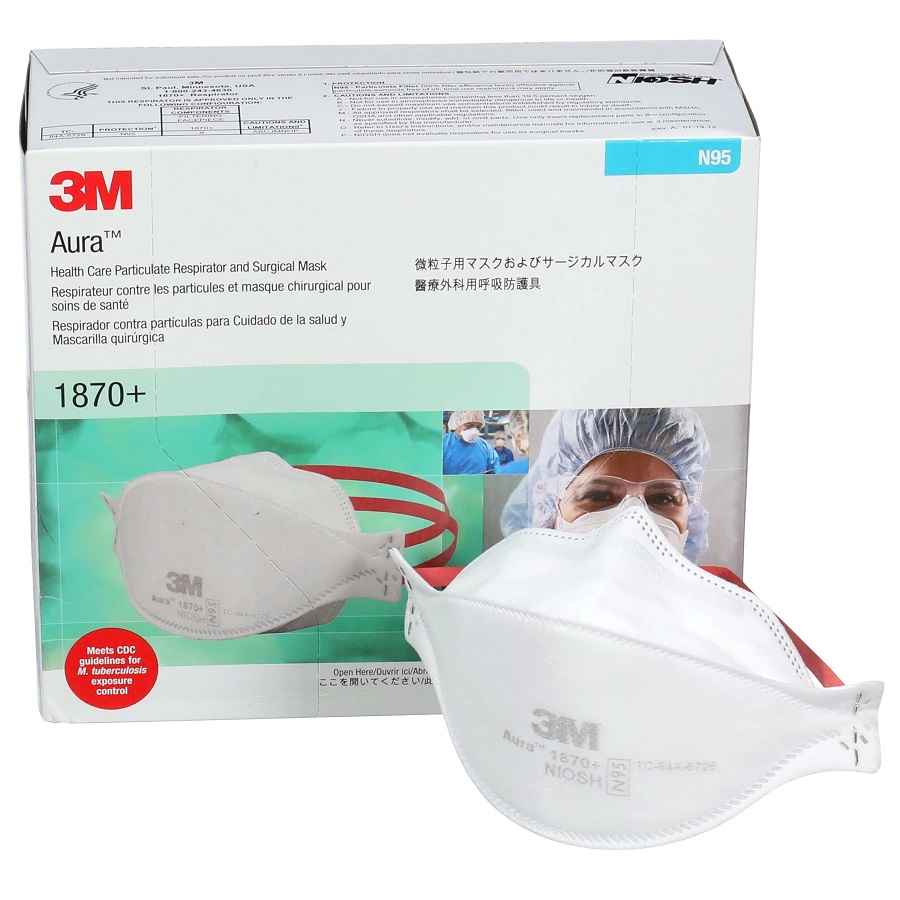
Step-by-Step Guide for Using N95 Masks in MRI Suites
For MRI technicians and healthcare workers, proper use of MRI safe N95 masks is critical. Follow this simple step-by-step guide to ensure safety and compliance in MRI suites:
- Identification: Verify that the N95 masks are MRI safe by checking for the absence of metallic components.
- Inspection: Before use, inspect each mask thoroughly for signs of metal such as nose clips or ear loops.
- Fitting: Adjust the mask for a snug fit to create a secure seal around the nose and mouth.
- Wearing: Put on the mask before entering the MRI room to maintain a sterile environment.
- Checking: Once inside the suite, double-check the mask to confirm there has been no displacement that may expose you to airborne particles.
- Communication: Ensure that the mask allows for comfortable speaking to communicate clearly with patients and other staff.
- Disposal: After the procedure, remove the mask safely and dispose of it according to the facility’s protocols, especially if it is a disposable type.
- Documentation: Maintain a logbook to document the type of masks used and any observations or incidents to track the MRI safety record.
By strictly adhering to this guide, the safety of patients and healthcare professionals can be effectively managed, maintaining the integrity of the MRI procedure and results.
Important Safety Protocols for MRI Technicians Wearing N95 Masks
For MRI technicians, following safety protocols with N95 masks is crucial. These steps help ensure a safe, metal-free MRI environment. Remember, selecting an ‘mri safe n95 mask’ is just the start. Here are key safety measures to adhere to:
- Check Mask Certification: Always verify that the N95 mask has no metal and is approved for MRI use.
- Perform Routine Inspections: Before each MRI session, inspect masks for metal. This avoids magnetic interference.
- Secure the Fit: Adjust the mask to ensure a tight seal. This keeps airborne particles out.
- Mask Up Early: Wear the mask before entering the MRI room. This maintains sterility.
- Recheck the Mask: Once inside, double-check that the mask sits right without gaps.
- Clear Communication Is Vital: Make sure the mask enables easy talking to avoid misunderstandings.
- Follow Disposal Procedures: Dispose of the mask as per guidelines if it’s for one-time use.
- Keep Record of Usage: Log the type of N95 masks used and any incidents for future reference.
By sticking to these protocols, MRI technicians can operate safely. This protects them, the patients, and the MRI equipment.
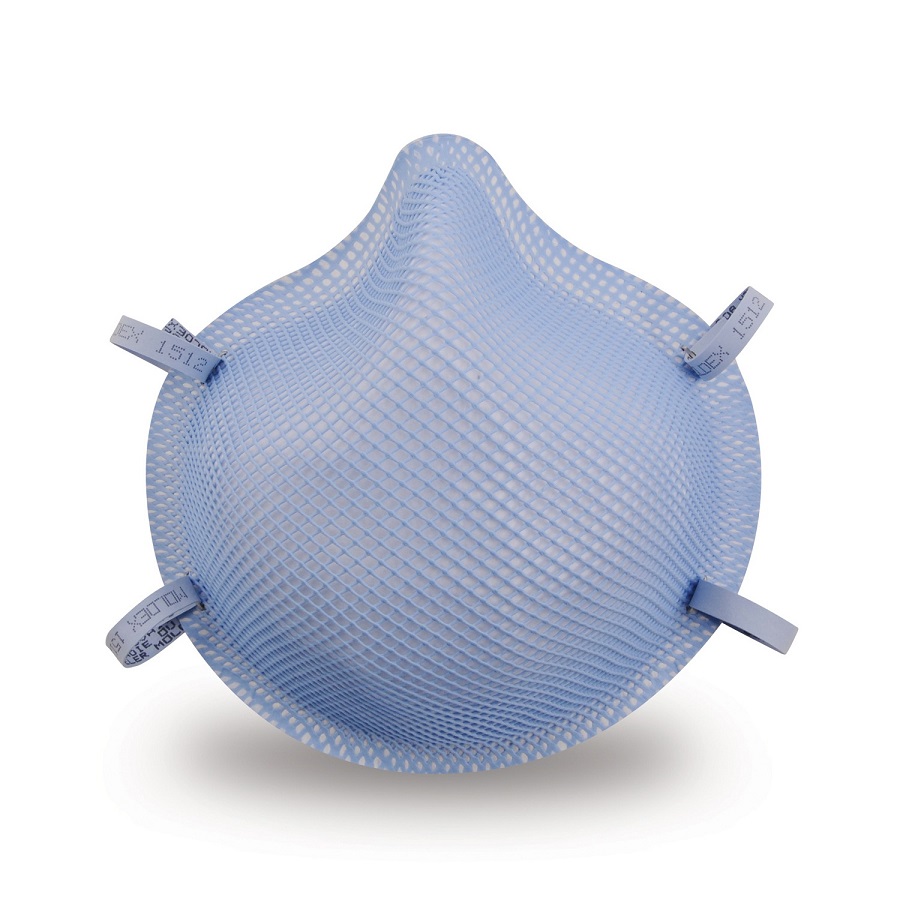
Addressing Common Questions About MRI and N95 Mask Usage
When ensuring MRI safety, certain questions arise about using N95 masks. Here are answers to common inquiries:
- Can I wear any N95 mask in an MRI suite? No, only MRI safe N95 masks without metal parts are safe.
- How do I know if an N95 mask is MRI safe? Check for FDA clearance and absence of metal in components.
- Why can’t metal be in masks for MRI use? Metal can interfere with the MRI’s magnets and cause harm.
- Are MRI safe N95 masks as effective as regular N95 masks? Yes, they filter out 95% of airborne particles but are metal-free.
- Where can I find MRI safe N95 masks? Look for medical supply stores or manufacturers that specialize in MRI safety.
- How often should MRI safe N95 masks be replaced? Follow the mask’s guidelines, whether disposable or reusable.
- Can wearing an MRI safe N95 mask affect the scan results? No, these masks are designed not to interfere with the imaging.
- What should I do if I’m not sure about a mask’s safety? Consult with a senior MRI technician or check the facility’s protocols.
Safety in MRI procedures is paramount. Using the correct N95 mask is part of maintaining a secure and sterile environment. Always ensure the mask is certified MRI safe and free of any metal before use. By addressing these questions, healthcare workers can uphold MRI safety standards and protect patient well-being.
